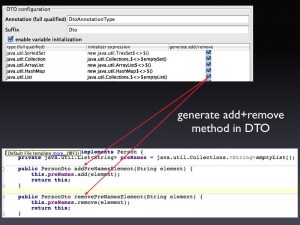

For example, Option-F is detected, but Option-V isn’t and can’t be bound to a command.

I started by changing the key bindings to the built-in Emacs mode via the menu setting IntelliJ IDEA > Preferences > Keymap. My fingers are happy with what IntelliJ can do now, and there’s a clear elisp-style path to add features that I miss. As a life-long Emacs user, I just wasn’t willing to down-grade to the Vim plugin, so what started out as key binding tweaks became full-blown plugin development to customize IntelliJ.

The pain of hitting keys that don’t work or do something unexpected sent me looking for a cure. The biggest down-side for me is its poor Emacs compatibility out of the box. It’s a great development environment for mixed language web development (and Android!). Recently, I’ve been working on a modern Java web app, and I ended up going all-in on IntelliJ 13. Fortunately, one of the best things about becoming an Atom is that all of my colleagues care deeply about software, so it’s easy to find inspiration to start making tools again. It’s a habit I’ve gained and lost several times over my career - keeping tools sharp requires time and effort. Atomic Object has a great tradition of making and customizing tools.


 0 kommentar(er)
0 kommentar(er)
